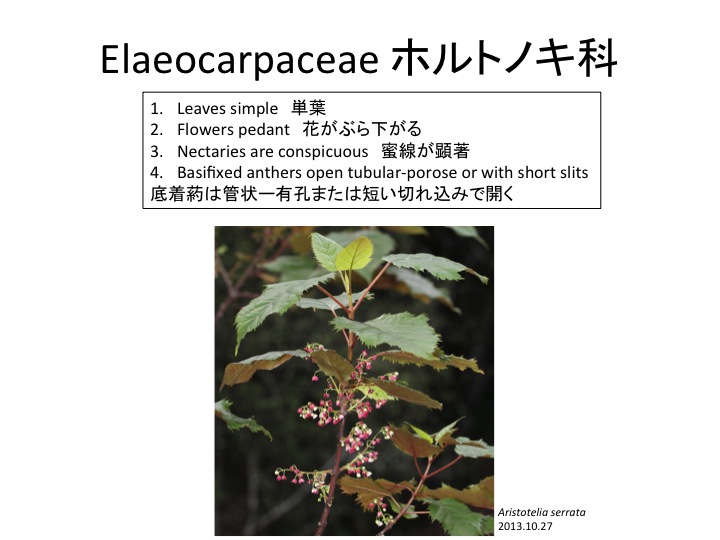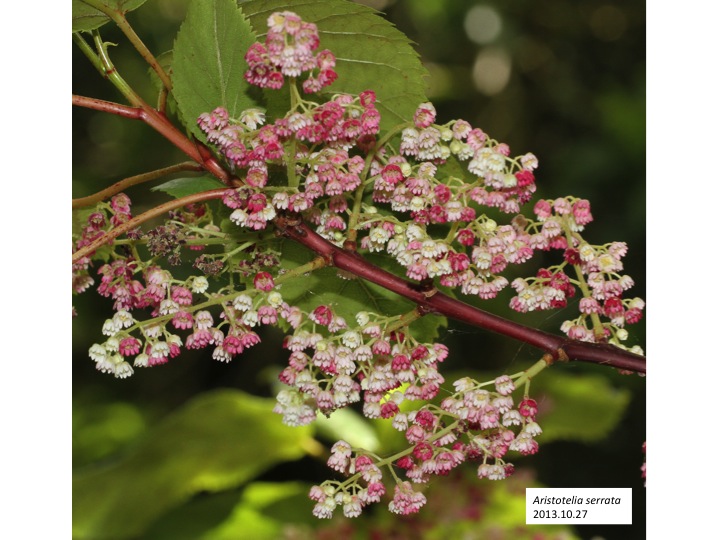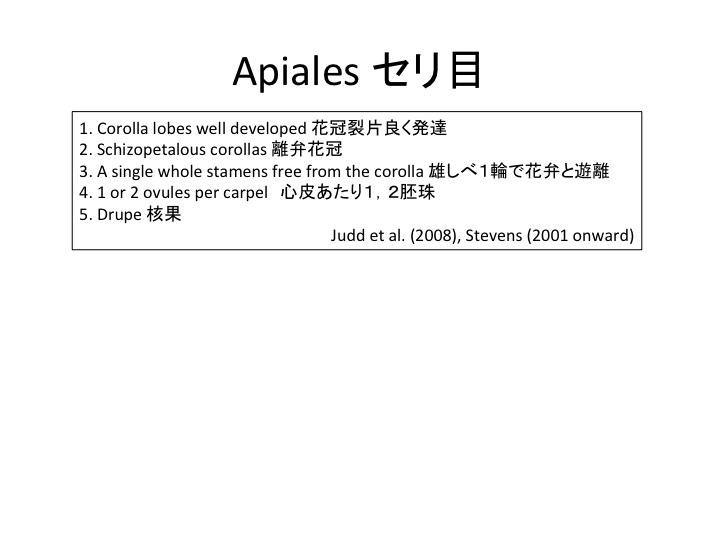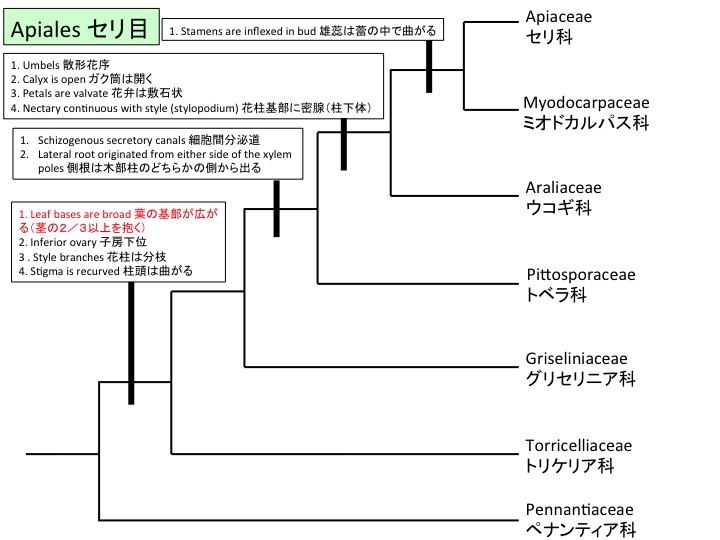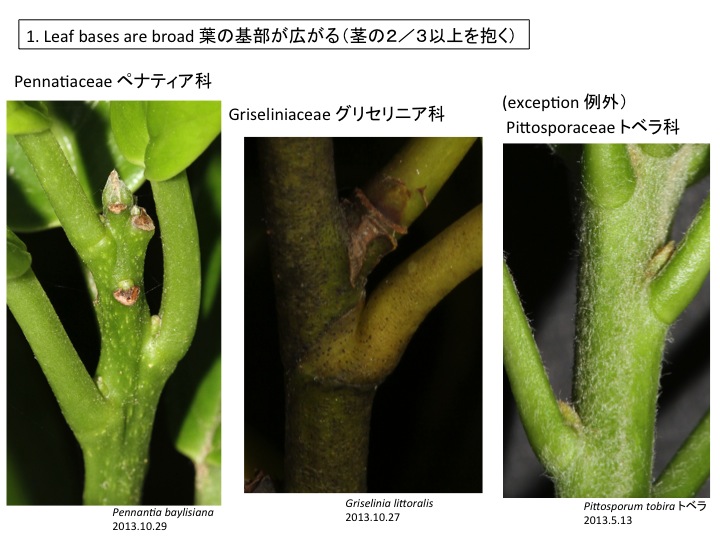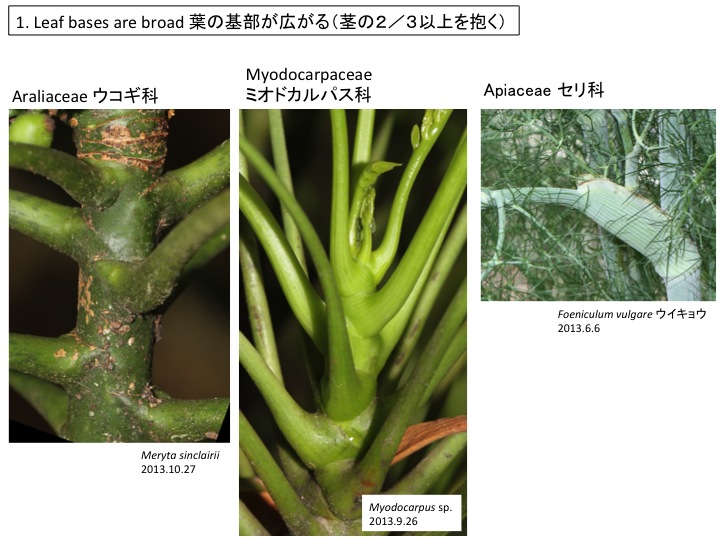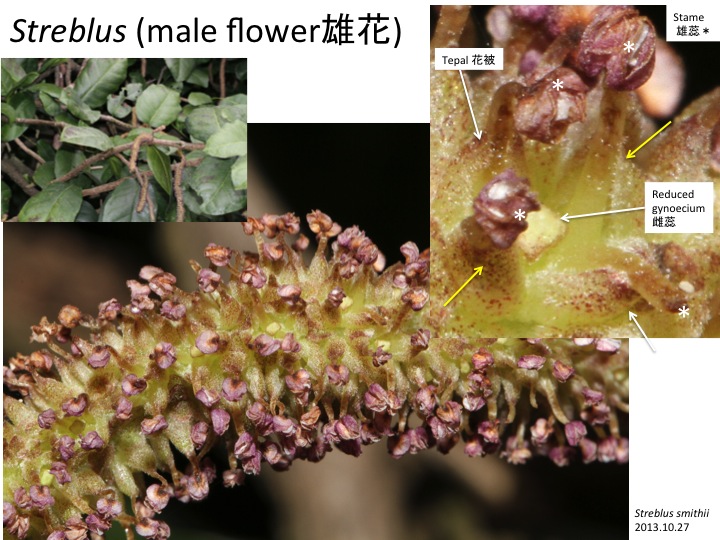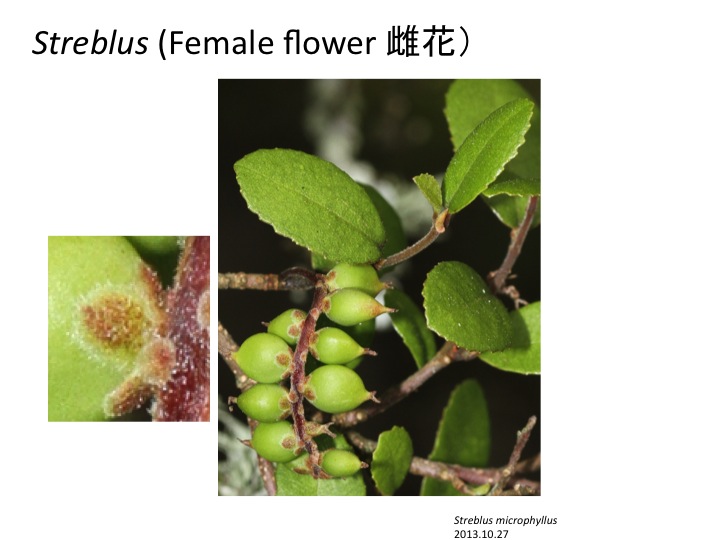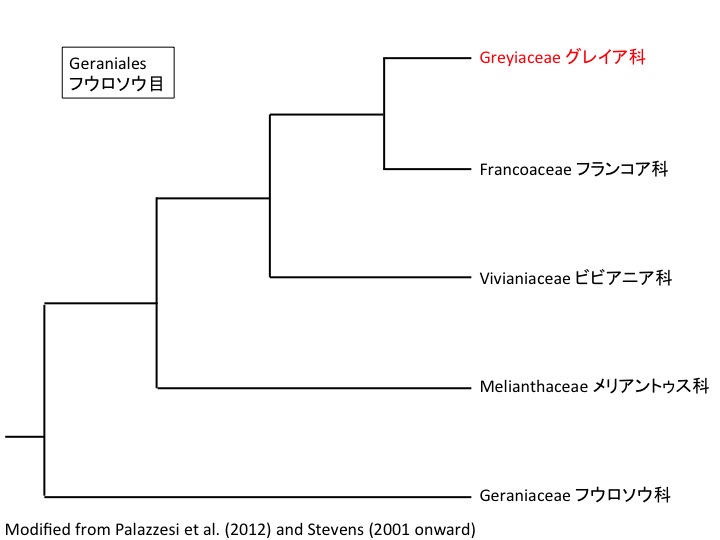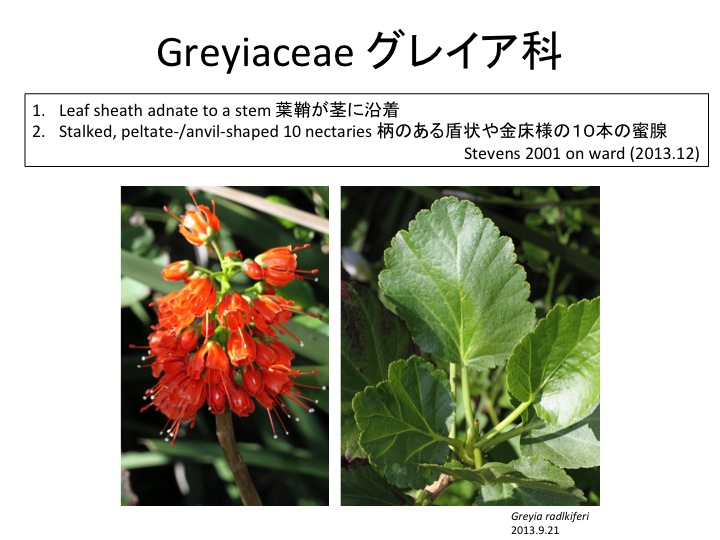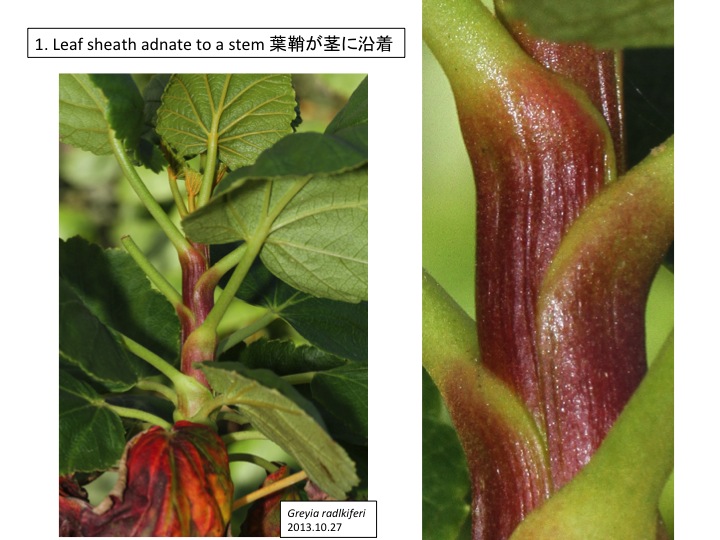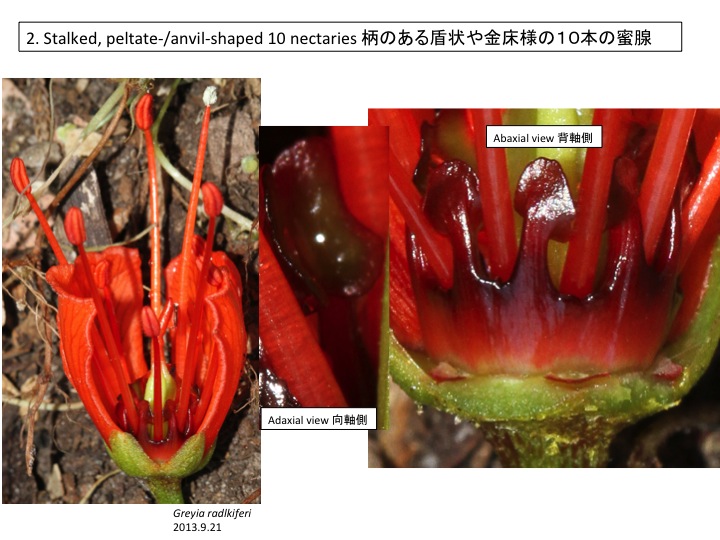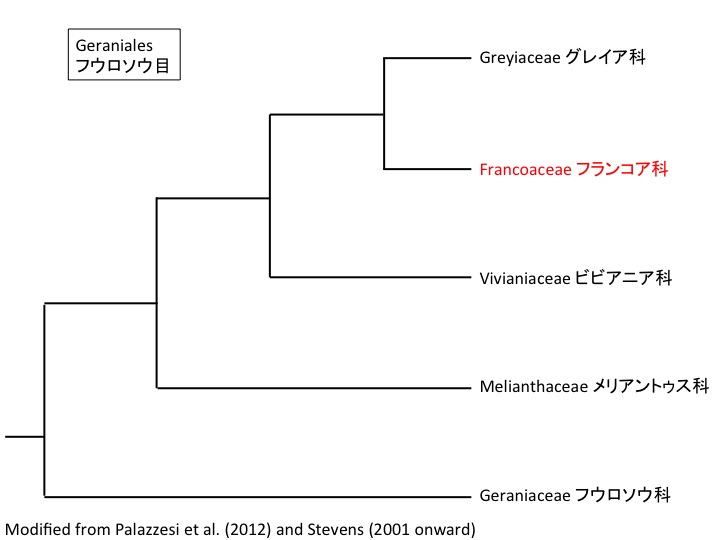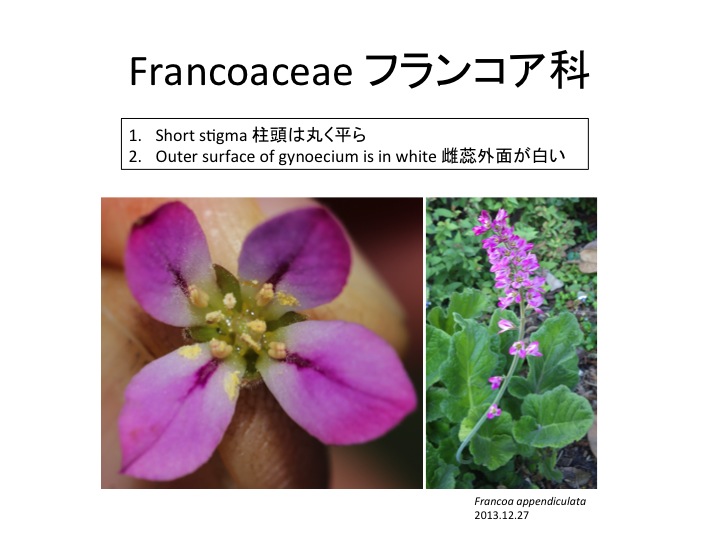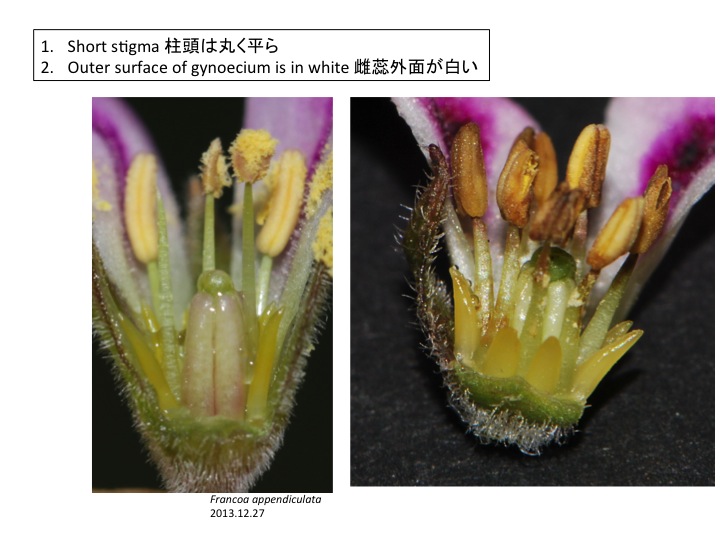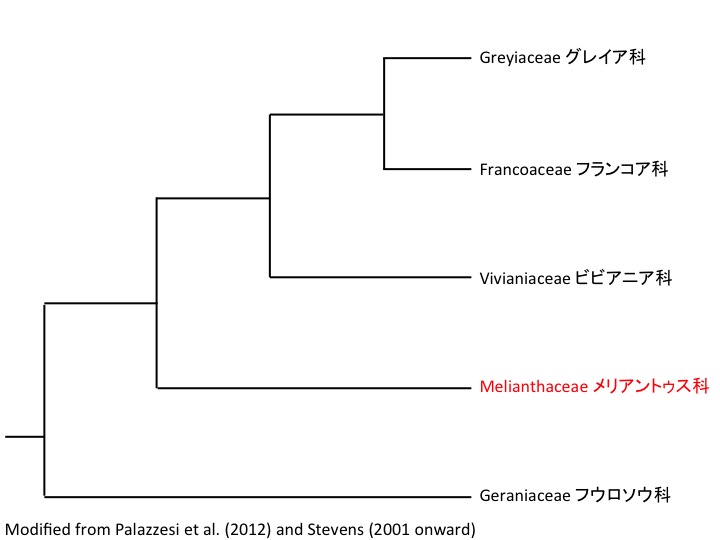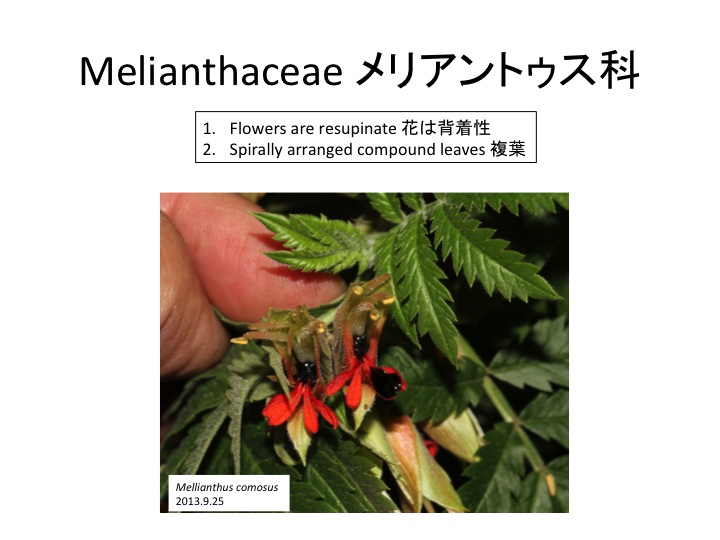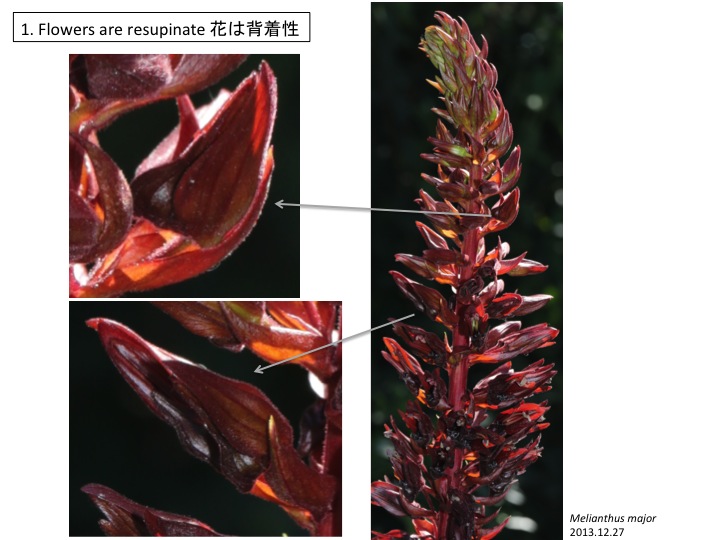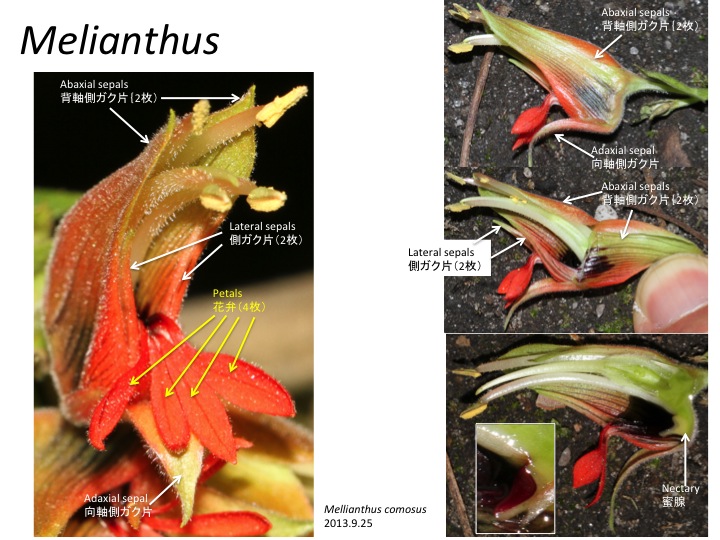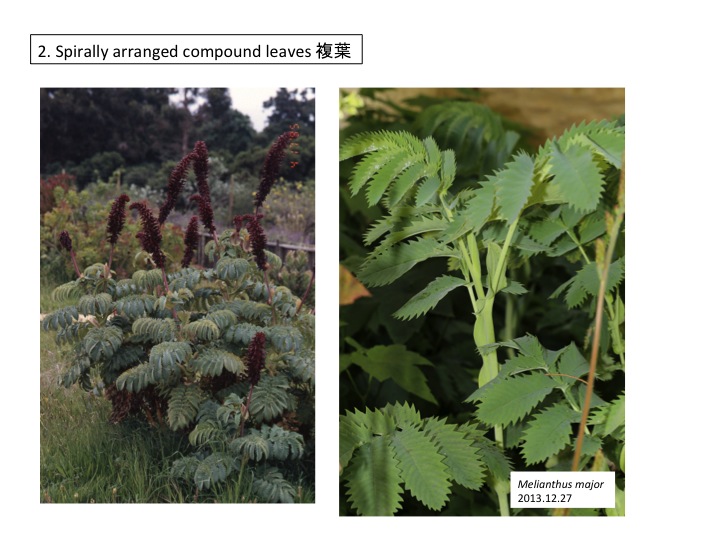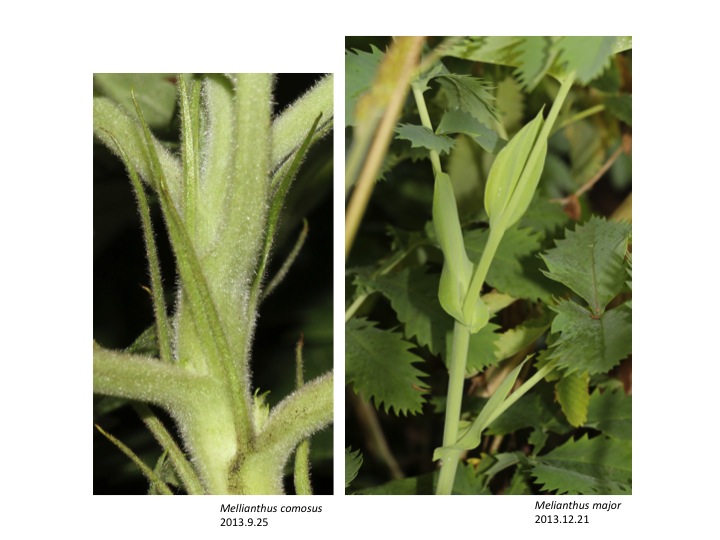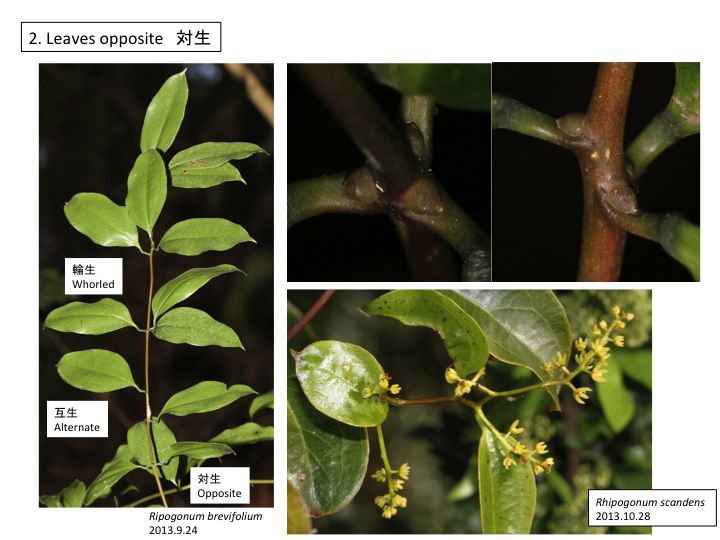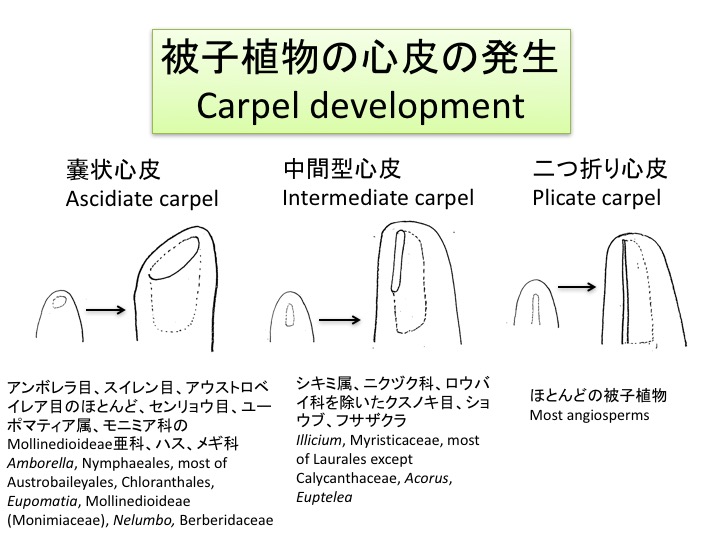
被子植物の心皮形態は、下記の3タイプに分けることができる。
二つ折り心皮:心皮原基の内側と外側の境界は原基向軸側基部から先端までスリット状に形成され、伸長し、後天的合着をする。(e.g. e.g. ほとんどの被子植物)
嚢状心皮:心皮原基の内側と外側の境界は原基上部に形成され、原基向軸側の壁は先天的合着によって形成される。(e. g. アンボレラ目、スイレン目、アウストロベイレア目のほとんど、センリョウ目、ユーポマティア属、モニミア科のMollinedioideae亜科、ハス、メギ科)
中間型心皮:二つ折り心皮と嚢状心皮のいろいろな中間段階のもの(e.g.シキミ属、ニクヅク科、ロウバイ科を除いたクスノキ目、ショウブ、フサザクラ)。
中間型心皮は従来peltate carpel盾状心皮と呼ばれてきた。従来、嚢状葉は盾状葉から進化してきたと考えられており、嚢状形態と盾状形態が近い形態ではないかと考えられてきたこともあると思われる。しかし、我々がムラサキヘイシソウ Sarracenia purpureaの嚢状葉の発生過程を調べると嚢状葉発生過程とは大きくことなっていた(Fukushima et al. 未発表)。心皮が葉と同じかわからないが、嚢状と二つ折りの中間型を盾状と呼ぶのは間違っているかもしれないので、ここではより直接的に中間型心皮と呼んだ。しかし、外部形態的に嚢状と二つ折りの中間であるが、本当に中間的形態なのか、あるいはまったく違う形態なのかは調べられておらず、細胞レベルでどのように発生が進むかの研究が必要である。
被子植物の雌しべが、祖先植物のどんな器官がどのように変化して進化したかは未だに未解決の問題である。現生被子植物の心皮で、嚢状心皮と二つ折り心皮のどちらが祖先的かについては議論があった(Soltis et al. 2005. 76ページ)。例えば、Bailey and Swamy (1951)は導管が無く、当時、被子植物の基部に位置するのではないかと推定されていたDegeneriaの心皮が二つ折りであることから、二つ折り心皮が祖先的で嚢状心皮が派生的だと考えた。しかし、遺伝子系統解析の結果、基部被子植物の多くが嚢状心皮を持つことから、嚢状心皮が祖先的であることがわかった(Doyle and Endress 2000)。
今後、嚢状心皮どのような発生機構によって生じるのかがわかると、嚢状心皮がどのように進化したのか、心皮がどのような器官がどうかわることによって進化したのかについて議論できるようになると思う。また、心皮形態を司る発生機構が葉形成に流用されて、食虫植物の捕虫葉形成などに関わった可能性もある。さらに、多様な心皮形態を産み出す機構と多様な葉形態を産み出す機構の間には類似点があるかもしれない。
Three types of carpels as follows(Endress 1994)。Plicate carpel: the transition between inner and outer primary surface has the form of a slit from the base to the top of the carpel in its ventral side and the slit is postgenitally closed (e.g. most angiosperms).
Ascidiate carpel: The transition between inner and outer primary surface is restricted to the top of the carpel and its wall is congenitally closed throughout (e.g. Amborella, Nymphaeales, most of Austrobaileyales, Chloranthales, Eupomatia, Mollinedioideae [Monimiaceae], Nelumbo, Berberidaceae). Intermediate carpel: Intermediate between plicate and ascidiate carpels (e.g. IIllicium, Myristicaceae, most of Laurales except Calycanthaceae, Acorus, Euptelea).
There were long debates on the ancestral type of carpels (Soltis et al. 2005. 76 page). For example, as a strong hypothesis, Bailey and Swamy (1951) proposed that plicate carpels are ancestral and other types including ascidiate ones are derived. Recent molecular phylogeny showed that ascidiate carpels are ancestral (Doyle and Endress 2000). Developmental studies at the cellular level are necessary to understand the evolution of ascidiate, intermediate, and plicate carpels. Also comparison between ascidiate leaves and carpels may give some insight on their evolution.
Bailey, I.W. and Swamy, B.G.L. 1951. The conduplicate carpel of dicotyledons and its initial trends of specialization. Amer. J. Bot. 38: 373-179.
Doyle, J.A. and Endress, P.K. 2000. Morphological phylogenetic analysis of basal angiosperms: comparison and combination with molecular data. Int. J. Plant Sci. 161: S121-S153.
Endress 1994 Diversity and evolutionary biology of tropical flowers. Cambridge Univ. Press.
Soltis, D.E., Soltis, P.S., Endress, P.K., and Chase, M.K. Phylogeny and Evolution of Angiosperms. Sinauer.

